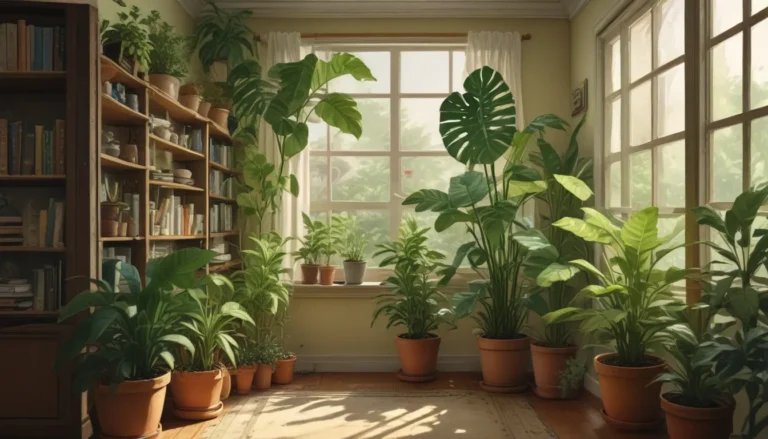The Ultimate Guide to Kale Spacing for Optimal Harvest

Are you planning your cool-season vegetable garden and looking to include kale, a versatile star of many plant-based meals? From salads and smoothies to stir-fries and stews, kale is a nutritious addition to your diet. But to ensure a bountiful harvest of delicious leafy greens, proper spacing between plants is crucial.
In this in-depth guide, we’ll explore the magic numbers for kale spacing based on various factors. Whether you’re aiming to harvest young leaves or large ones, planting in rows, raised beds, or containers, or growing different varieties, we’ll provide valuable information to help you maximize your kale yield.
What You’ll Learn
Here’s a preview of what we’ll cover in this comprehensive guide to kale spacing:
- Why Proper Spacing is Essential for Kale
- Spacing Recommendations for Baby Greens and Full-Sized Plants
- Spacing Considerations for Different Planting Methods
- Adjusting Spacing for Varieties of Various Sizes
- Calculating the Ideal Spacing for Your Specific Kale Variety
Why Proper Spacing is Essential for Kale
Before we dive into the specific spacing recommendations, let’s understand the importance of giving kale plants ample room to thrive. Here are some reasons why proper spacing is crucial:
- Sunlight: Adequate spacing ensures that the leaves receive ample sunlight, promoting healthy growth.
- Harvesting Ease: Properly spaced plants are easier to identify and harvest, resulting in efficient harvesting.
- Pest Control: Spacing out plants helps in spotting and managing pests like cabbage worms.
- Disease Prevention: Good airflow reduces the risk of fungal infections and aids in early disease detection.
- Yield Enhancement: Research shows that widely spaced crops yield better compared to crowded ones.
By understanding the significance of proper spacing, you set the stage for a successful kale harvest.
Spacing for Baby Greens
If you prefer to enjoy kale in its tender, young form for salads or garnishes, here are some spacing recommendations:
Baby Greens From Seed
- Plant seeds approximately one inch apart and thin seedlings as they grow.
- Keep seedlings 4-8 inches apart to ensure continuous harvest of tender leaves.
Baby Greens From Transplants
- Set out transplants 4-8 inches apart to encourage healthy growth.
Spacing for Full-Sized Plants
When aiming for large, mature kale leaves for cooking, here’s how to space your plants:
In Rows
- Thin seedlings or set out transplants 12-18 inches apart with 2-3 feet between rows.
In Raised Beds
- Follow square foot gardening principles and space plants 12 by 12 inches apart.
In Containers
- Allow at least one square foot of space for each plant in containers to accommodate mature plants.
Spacing for Different Varieties
For varieties that vary in size, adjust your spacing accordingly:
- Larger and Smaller Varieties: Consider the expected width of each cultivar and provide ample room for growth.
- Calculating Your Kale Spread: Use leaf length as a guide to estimate plant spread and adjust spacing accordingly.
By understanding the specific spacing requirements for different kale varieties, you can optimize plant health and yield.
Let Your Veggies Space Out
Now equipped with the knowledge of optimal kale spacing for various scenarios, you’re ready to plant your kale with confidence. Whether you’re growing in containers, raised beds, or rows, and regardless of the variety you choose, proper spacing is key to a successful harvest of nutritious kale leaves.
Have you determined your magic numbers for kale spacing based on this guide? Share your experience in the comments below!
For more insights on growing kale, check out these informative guides:
- Sun Recommendations for Planting Kale
- 6 Best Types of Kale for Cold Climates
- How to Naturally Kill Insects on Kale: The Best Organic Solutions
Conclusion
By following the guidelines outlined in this comprehensive guide, you can ensure optimal spacing for your kale plants, leading to a bountiful harvest of nutritious leafy greens. Whether you’re a seasoned gardener or a beginner, proper spacing is a fundamental aspect of successful kale cultivation. Happy planting!





